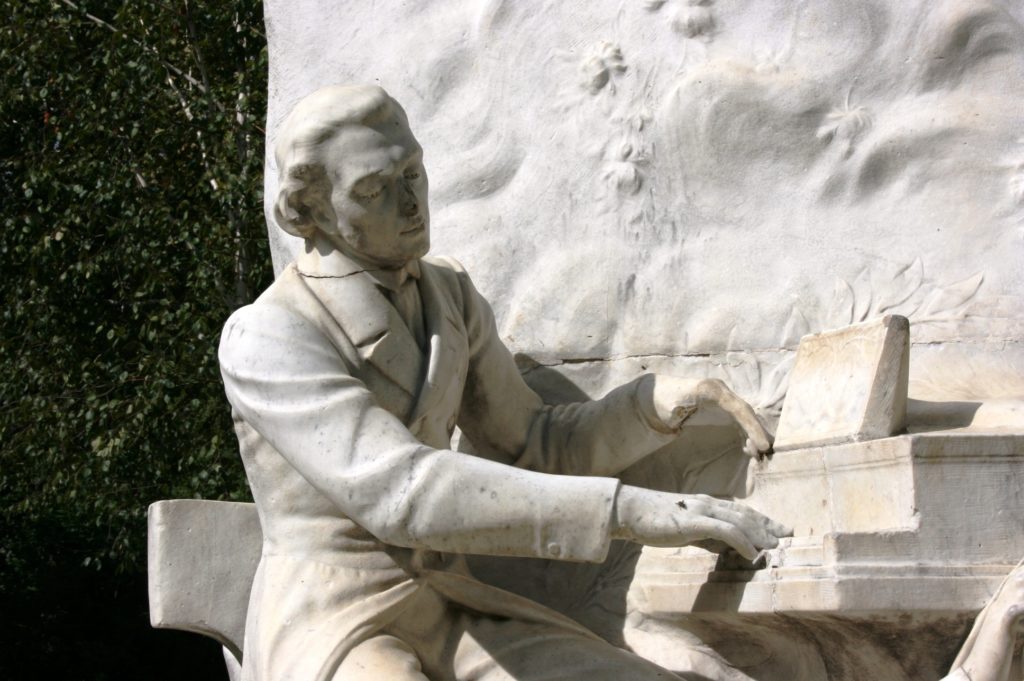Dear Marina,
I am an adult “restarter” and I’ve had 3 lessons so far. My teacher told me that I need to keep my wrists and fingers loose. When I do manage to do it, I notice that the sound I get from the piano is much nicer, and it feels better, too.
My question is, how can I work on consistently playing with loose wrists and fingers? Can you give me some tips? Are there specific exercises to help me achieve this?
Greetings from Germany,
Astrid
Dear Astrid,Congratulations on this exciting and rewarding new endeavor! I know that you will be successful and enjoy the many hours you spend making beautiful music.
Your teacher is absolutely right. One of the cornerstones of great techniques is relaxation – of the fingers, the wrists, the elbows, the shoulders – pretty much every part of your body. And as you reference in your question, when you have the technique in place, you are able to make beautiful music and it feels good physically.
So, how do you achieve this?
Let’s start with the basics. Many times you’ll hear people refer to “hitting” or “pushing” the keys. Neither of these words describes what you actually should be doing when you play the piano. I teach all of my students to “fall” into the keys, using gravity to help with the process. So, rather than feeling that you need to apply force to the piano, you might want to think about letting the keys pull you toward them. And once you fall, see if you can let your wrist follow through with the motion, to “absorb” the fall.
I liken it to jumping up and down. Do this for me. Stand up and try to jump up and down without bending your knees. You MIGHT be able to do it, but it will feel strange and you probably wouldn’t want to repeat that movement very many times because it would be jarring to your body.
In the same way, think of your wrist as the “knee” of your arm. So, when you are preparing to play a note, first bend your wrist up toward the ceiling, keeping your fingertips on the piano. To do this, your wrist and fingers must be loose, without you even really trying. Then, let your fingertips come just slightly up from the key. Let the fingertip then fall into the key, the wrist follows, and once you hear the sound of the note, let the wrist continue the motion, the same way that your knee would bend as you land from a jump. Then let the wrist recover into a neutral position, which is where your forearm is parallel to the floor.
When your wrist is loose, your fingers will be also. Of course, loose fingers doesn’t mean collapsed fingers. It is important to keep the fingers round, which really only involves keeping the fingertip (the part where the nail ends) more or less perpendicular to the keys and the very first joint rounded outward.
Try this a few times using different fingers on each hand. You will find that it’s a quite a bit easier with your dominant hand, not necessarily because it’s stronger, but because your brain and your dominant hand have a better working relationship with one another.
Once you have a good understanding of how to do this with your body, you must then translate this feeling into playing the different pieces or exercises that you play. This is where you will need a bit of patience. Play slowly, monitoring the movements you make, and checking in with how your body feels.
It’s important, especially for adult students, to play pieces that are geared to your technical level. We all want to play the great piano works, or popular songs that we love, and that’s wonderful! Just make sure that you take some time first to set a good foundation. Your teacher will be able to help you make the assessments for which pieces are at your proper level.
I’ll be making some tutorials to give you exercises that will help you develop a loose, relaxed playing technique. Look for these in the upcoming weeks and be sure to let me know how you’re progressing!
All the best to you!
Marina


Beautifully articulated! Thank you Marina
Thank you so much, Debbie! Glad you liked it.
Thanks, dear Marina,
for picking up my question and for this wonderful helpful explication of “falling” into the keys – this is so much easier to be understood than “let it go” “let it loose”. And the comparison with the knees when jumping is also helpful.
I am looking foreward to your future tutorials on this subject and I will let you know on my experience with these excercises.
Astrid
Wow! This is so well explained. I have the same problem of letting my wrist and fingers loose and your explanation will help me a lot. You are so generous of your time! Thank you so much! I am sure you are helping a lot of people.
I will be also looking for your tutorial on this subject 🙂
Michèle
Dear Marina,
Hello and thank you for the lovely videos you’ve arranged on YouTube. I’m so excited to subscribe to your channel due to your tendency to post pieces of classical music-which I truly wish to learn and master eventually.
I turned 30 last week and basically started learning to play the piano all by myself last February 2016. I’ve always been fond of piano and dreamed to make a professional career out of it, sadly, my parents weren’t that much supportive at the time. I need you kind and humble advice on adult learning progression. What techniques should I focus on first? Should I immediately practice major/minor scales first? Please guide me as I have purchased multiple books but they all start with children songs…
Almost 10 months past now since I started and I have got pretty much flexible on my keyboard. I’m left-handed so basically the bass part is always no trouble for me with little practice (even for scales).
Thank you again and I look forward to your support in guiding me how to progress and make my practice sessions more effective and productive.
Sincerely,
A.S.
Hi A.S.!
I’m so glad that you are pursuing an activity that brings you such great joy. You ask some very important questions that don’t really have simple answers. I would be happy to guide your progress through Skype lessons, if you are interested. Please use the “contact me” tab to get in touch with me about this.